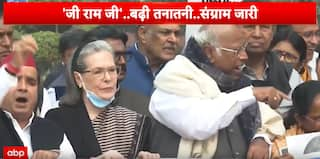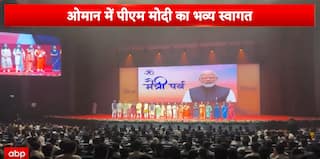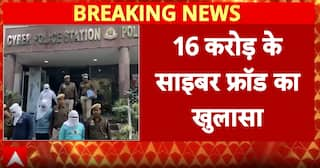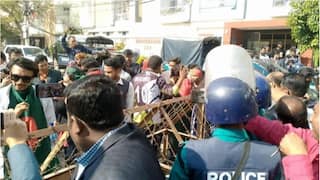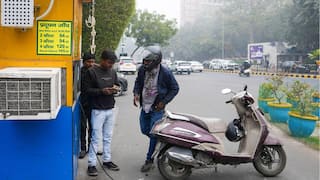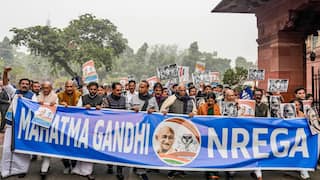Explorer
Jallikattu: A tale of protests and bans

New Delhi: In the latest development, Jallikattu supporters were being forcefully evicted by police from the protesting sites in Madurai's Tamukkam and Chennai's Marina Beach in the Tamil Nadu. Passionate to hold the event, the pro-Jallikattu protesters have found support from film stars like Kamal Haasan and Rajinikanth. Jallikattu: Here's how demand for its ban started: 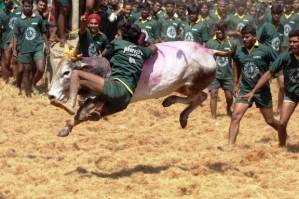 AFP Photo/File
AFP Photo/File
- The Animal Welfare Board of India filed a case in the apex court of the country for an out-and-out ban on Jallikattu because of the cruelty to animals and the threat to public safety involved.
- The Supreme Court, on 27 November 2010, permitted the Government of Tamil Nadu to allow Jallikattu for five months in a year and directed the District Collectors to make sure that the animals that participate in Jallikattu are registered to the Animal Welfare Board and in return, the Board would send its representative to monitor the function.
- Tamil Nadu government ordered that Rs 2 lakh be deposited by the organizers in case of an accident or injury during the event. The state government also enacted a rule to allow a team of veterinarians be present at the venue for certifying the bulls for participation in the function and to provide treatment for bulls that get injured.
- In 2011, the Ministry of Environment and Forests issued a notification banning the use of bulls as performing animals, thereby banning the event. However, a bull-taming festival continued to be held under Tamil Nadu Regulation of Jallikattu Act No 27 of 2009.
- The Supreme Court of India, on 7 May 2014, struck down the state law and banned Jallikattu completely. The SC noted that any flouting of the ban should result in penalties for cruelty to animals under The Prevention of Cruelty to Animals Act, 1960. The apex court also asked the Indian government to amend the law on preventing cruelty to animals to bring bulls within its ambit.
- The Government of India, on 8 January 2016, passed an order exempting Jallikattu from all performances where bulls can not be used, effectively reversing the ban.
- Interestingly, on 14 January 2016, the SC upheld its ban on the event, leading to protests all over Tamil Nadu.
- Some anonymous groups, on 8 January 2017, conducted a rally at Chennai Marina opposing the ban on Jallikattu. Following the protests at Chennai, many students started rallies in various towns of TN.
- After hearing the petitions of the Animal Welfare Board of India challenging central government's notification, SC on 12 January ordered a stay, issued notices to the central government and the Tamil Nadu government and later refused to lift the stay.
- Numerous Jallikattu events were held across Tamil Nadu in protest of the ban, and hundreds of participants were detained by police in response.
- On 21 January 2017, the ban was revoked and the first Jallikattu game post the revoking was conducted in Alanganallur, Madurai on 22 January 2017, inaugurated by the Chief Minister of state O. Paneerselvam.
 AFP Photo/File
AFP Photo/File - Through the vadi vasal, an entry gate, the bull will be released in the the arena.
- The participants can only hold the bull by its hump. Holding bull by other body parts like the neck, horns or tail will end-up in disqualification.
- The one taming the bull should embrace the animal for 30 seconds or 15 feet, whichever is longer when the bull runs. If the animal throws the participant off before the line or if no-one manages to hold on to the bull, then the bull will be declared victorious.
- If the participant holds on to the hump till bull crosses the finish line, then the contestant is declared the winner.
- At one time, only one contestant should hold on to the bull.
- No participant should hit or hurt the bull in any manner.
Follow Breaking News on ABP Live for more latest stories and trending topics. Watch breaking news and top headlines online on ABP News LIVE TV
Read more

Sayantan Ghosh
Opinion











